Astronomers have discovered a long stellar stream extending from the iconic galaxy Messier 61, which had not been spotted before now. The stream, a trail of light that suggests the galaxy once tore apart a much smaller one, was detected in the first test image taken by the Vera C. Rubin Observatory's colossal camera in Chile. The observatory, which has yet to begin its official scientific survey, has already begun to deliver on its promise to rewrite cosmic history.
According to Sarah Pearson, an astrophysicist at the University of Copenhagen, the discovery is a significant finding that marks the first stellar stream detected from the Rubin Observatory. "This is just a precursor for all of the many, many features we will find like this," Pearson said. The authors of the study reported their findings in the Research Notes of the American Astronomical Society.
Messier 61, a galaxy located in the Virgo Cluster, has been a subject of interest for astronomers since it was first spotted in 1779. The galaxy is known for hosting a slew of supernovae and churning out new stars at a surprisingly high rate. The discovery of the stellar stream suggests that the galaxy may have undergone a significant merger event in the past, tearing apart a smaller galaxy and leaving behind a trail of stars.
The Vera C. Rubin Observatory, which began its operations in 2022, is a state-of-the-art facility designed to study the universe in unprecedented detail. The observatory's camera, which is capable of capturing images of the entire southern sky, has been taking test images since its debut. The discovery of the stellar stream is a testament to the observatory's capabilities and its potential to revolutionize our understanding of the universe.
The implications of this discovery are significant, as it provides new insights into the formation and evolution of galaxies. According to Pearson, the discovery of the stellar stream suggests that galaxies are more dynamic and complex than previously thought. "This discovery shows that galaxies are not just static objects, but are actually dynamic systems that are constantly changing and evolving," Pearson said.
The study's findings have sparked interest among astronomers and scientists, who are eager to learn more about the universe. The Vera C. Rubin Observatory is expected to continue taking test images and conducting surveys, which will provide valuable insights into the universe. As the observatory continues to deliver on its promise, scientists are excited to see what other secrets the universe may hold.
The study's authors are currently working on further analysis of the data, which will provide more insights into the formation and evolution of galaxies. The findings of the study are expected to be published in a peer-reviewed journal in the near future.
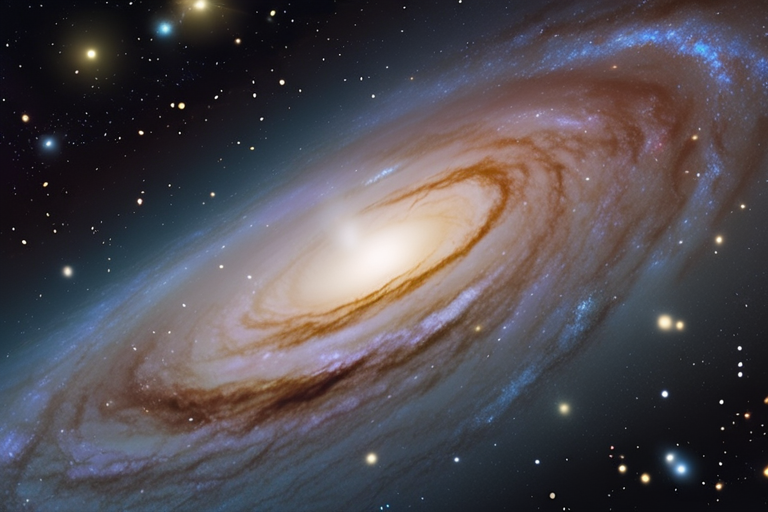


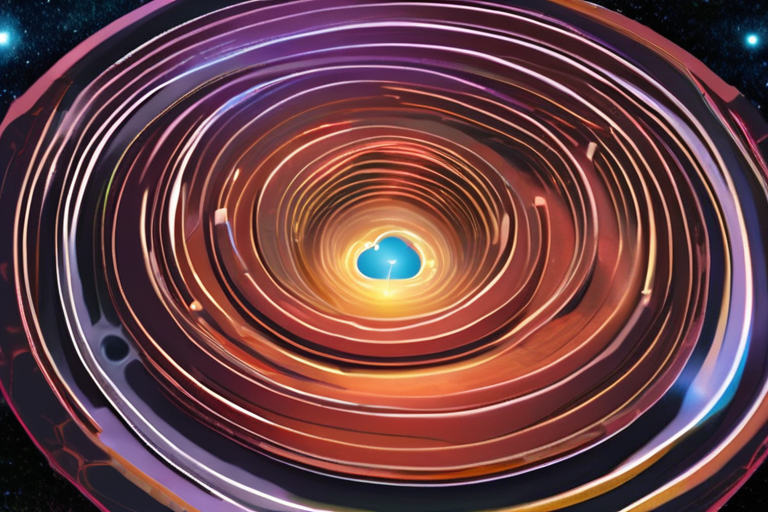
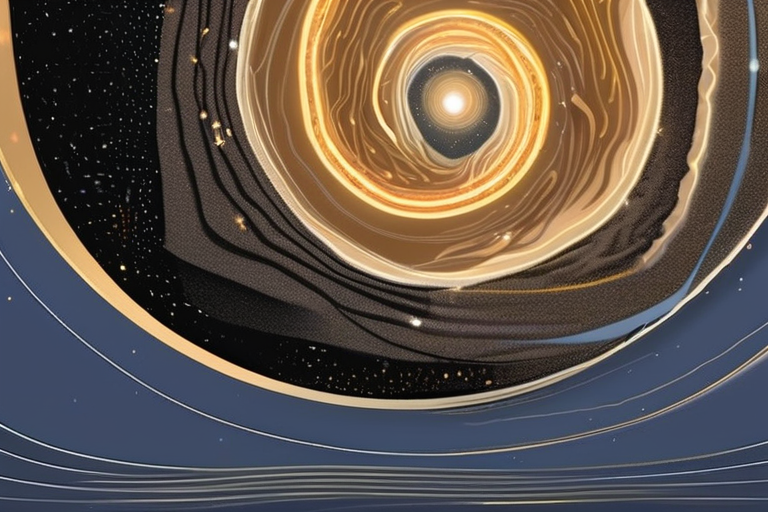

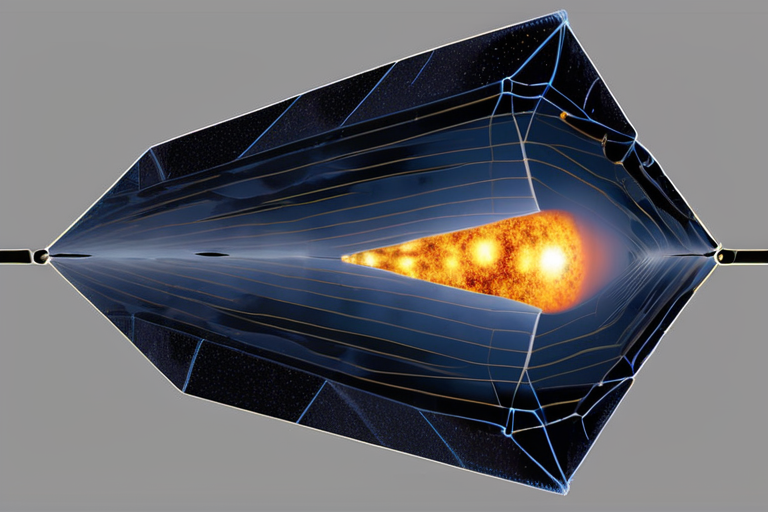
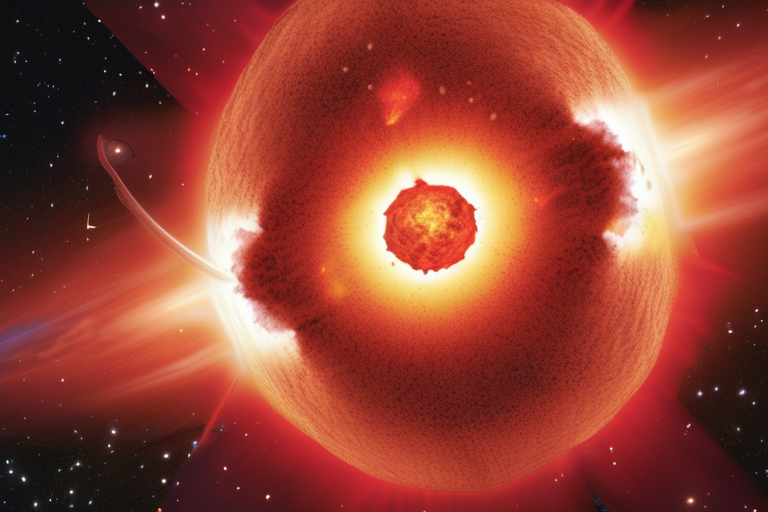




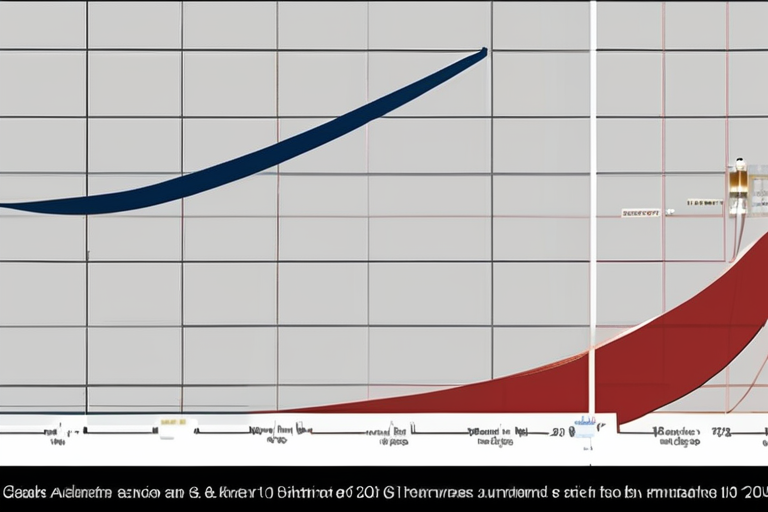

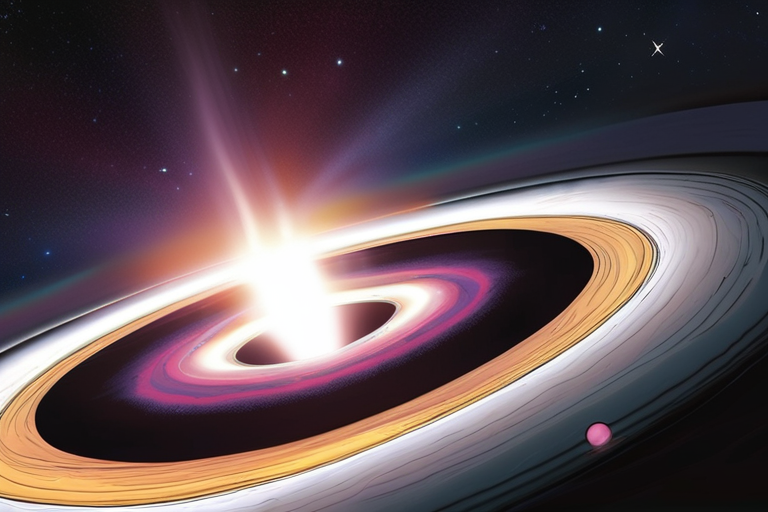
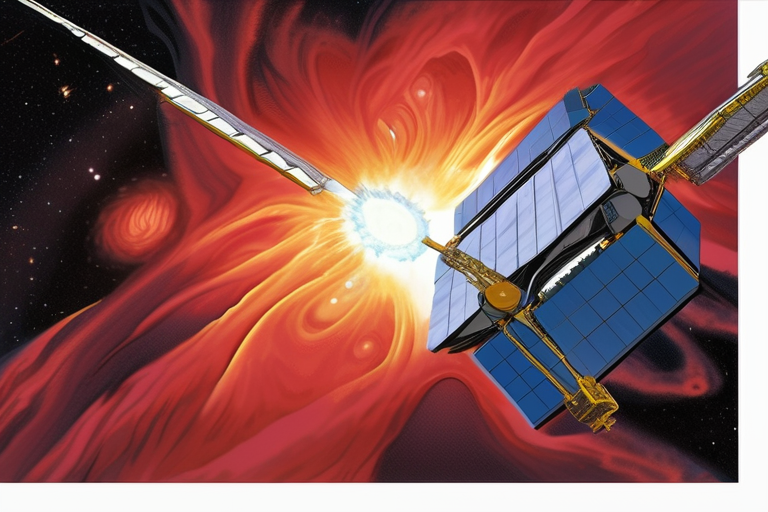

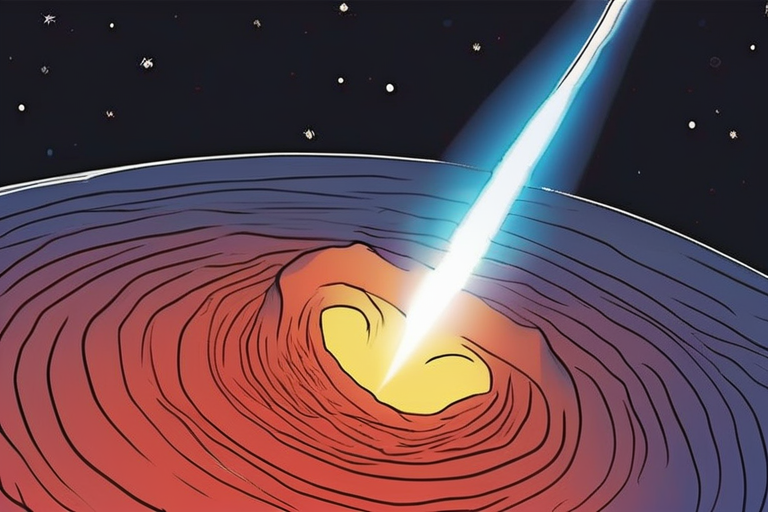
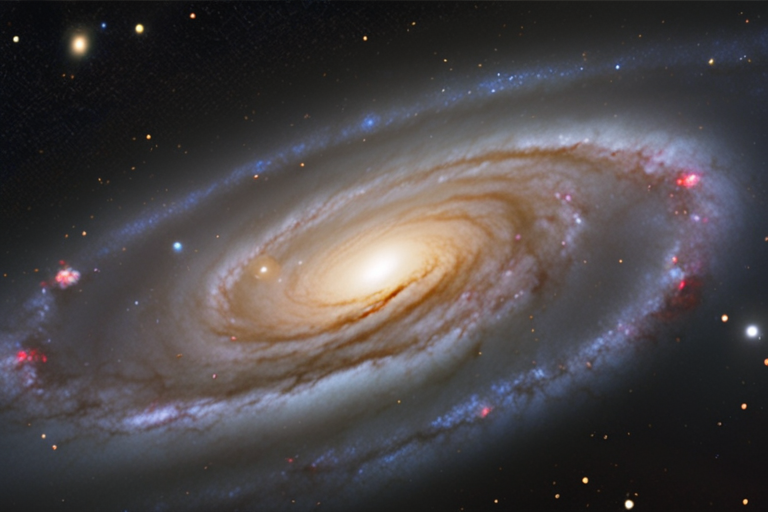
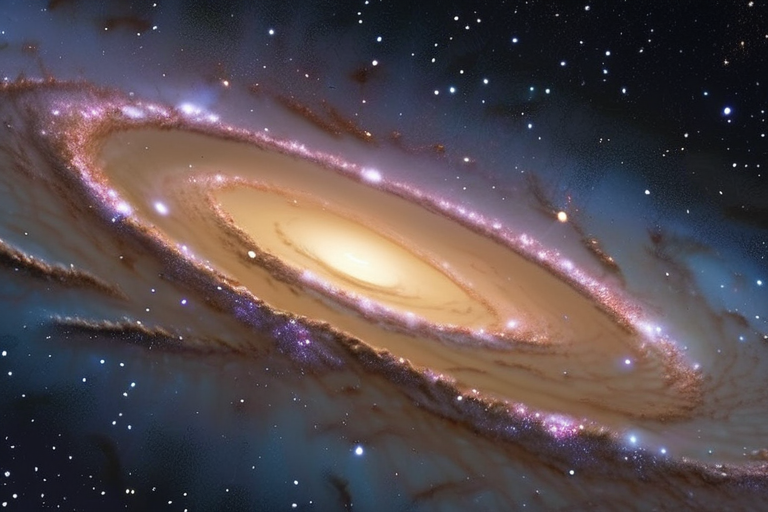


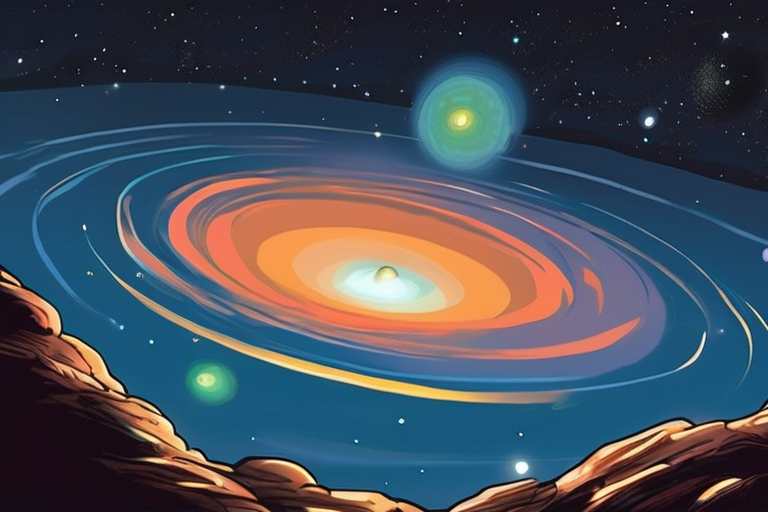
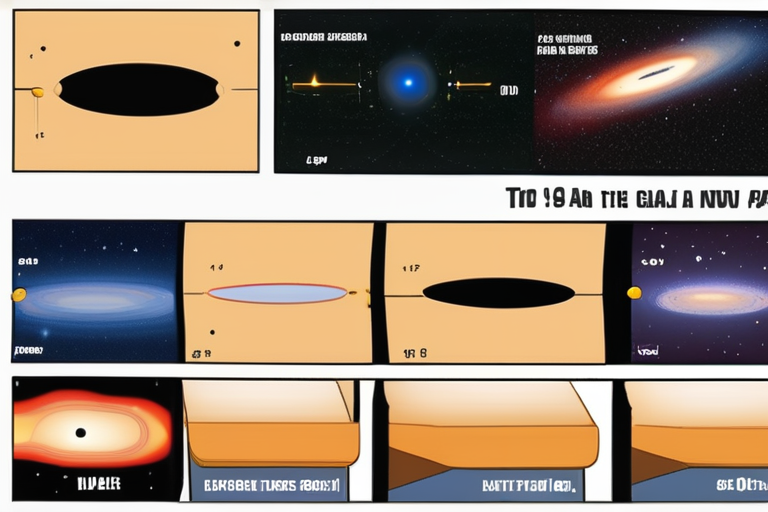
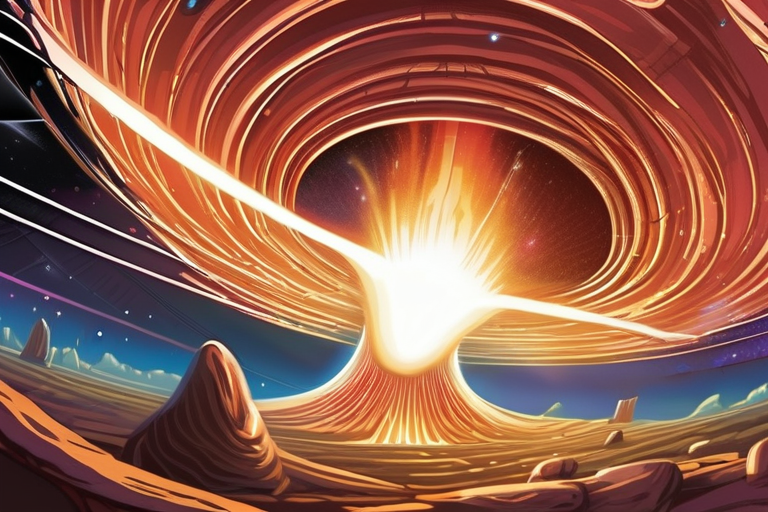
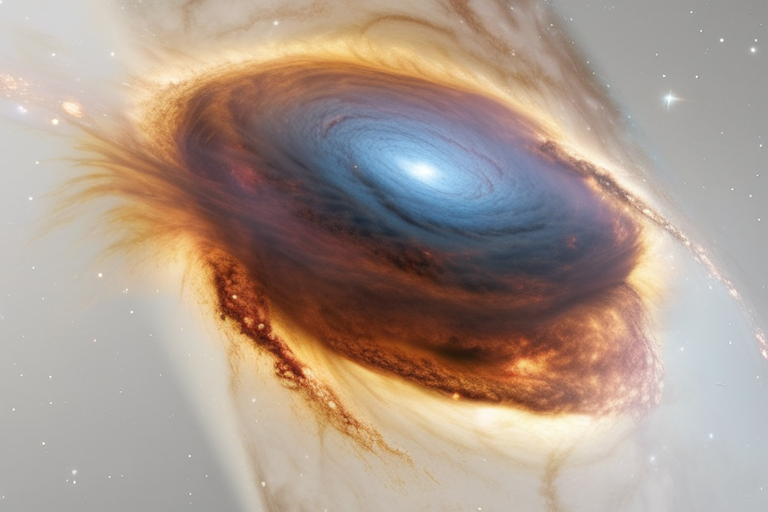

Share & Engage Share
Share this article